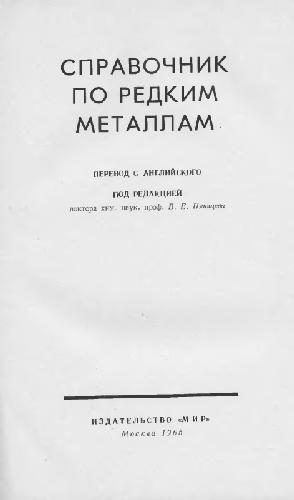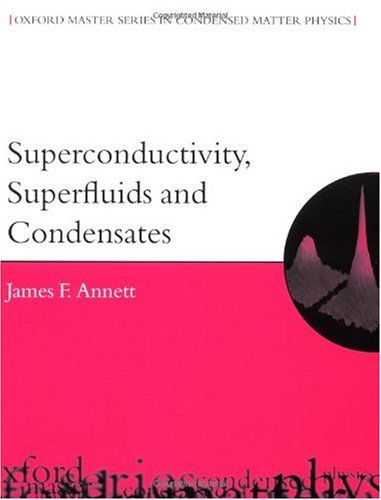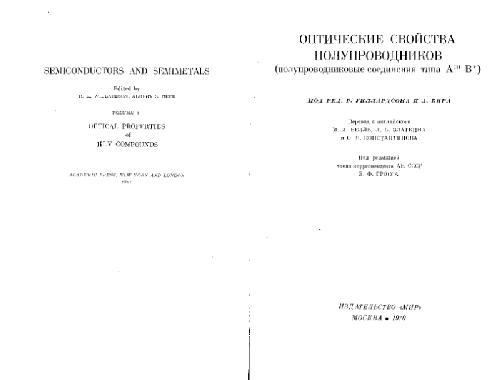Bower D.I.0511077572
Table of contents :
Contents……Page 6
Preface……Page 13
Acknowledgements……Page 16
1.1 Polymers and the scope of the book……Page 22
1.2 A brief history of the development of synthetic polymers……Page 23
1.3 The chemical nature of polymers……Page 29
1.4 Properties and applications……Page 39
1.5 Polymer processing……Page 42
1.6 Further reading……Page 46
2.2 Differential scanning calorimetry (DSC) and differential thermal analysis (DTA)……Page 48
2.3 Density measurement……Page 52
2.4 Light scattering……Page 53
2.5 X-ray scattering……Page 54
2.6 Infrared and Raman spectroscopy……Page 59
2.7 Nuclear magnetic resonance spectroscopy (NMR)……Page 65
2.8 Optical and electron microscopy……Page 76
2.9 Further reading……Page 83
3.2 Distributions of molar mass and their determination……Page 84
3.3 The shapes of polymer molecules……Page 87
3.4 Evidence for ordered structures in solid polymers……Page 102
3.6 Problems……Page 106
4.1 Regular and irregular chains……Page 108
4.2 The determination of crystal structures by X-ray diffraction……Page 119
4.3 Information about crystal structures from other methods……Page 130
4.4 Crystal structures of some common polymers……Page 132
4.6 Problems……Page 136
5.1 Introduction……Page 138
5.2 The degree of crystallinity……Page 139
5.3 Crystallites……Page 141
5.4 Non-crystalline regions and polymer macro conformations……Page 148
5.5 Spherulites and other polycrystalline structures……Page 154
5.6 Crystallisation and melting……Page 158
5.7 Molecular motion……Page 166
5.9 Problems……Page 181
6.1 Introduction to the mechanical properties of polymers……Page 183
6.2 Elastic properties of isotropic polymers at small strains……Page 185
6.3 The phenomenology of rubber elasticity……Page 190
6.4 The statistical theory of rubber elasticity……Page 197
6.6 Further reading……Page 205
6.7 Problems……Page 206
7.1 Introduction and definitions……Page 208
7.2 Mechanical models……Page 214
7.3 Experimental methods for studying viscoelastic behaviour……Page 219
7.4 Time–temperature equivalence and superposition……Page 225
7.5 The glass transition in amorphous polymers……Page 227
7.6 Relaxations for amorphous and crystalline polymers……Page 233
7.8 Problems……Page 238
8.1 Introduction……Page 241
8.2 Yield……Page 244
8.3 Fracture……Page 255
8.5 Problems……Page 267
9.1 Introduction……Page 269
9.2 Electrical polarisation……Page 270
9.3 Conducting polymers……Page 288
9.4 Optical properties of polymers……Page 304
9.6 Problems……Page 309
10.1 Introduction – the meaning and importance of orientation……Page 311
10.2 The production of orientation in synthetic polymers……Page 312
10.3 The mathematical description of molecular orientation……Page 319
10.4 Experimental methods for investigating the degree of orientation……Page 322
10.5 The combination of methods for two-phase systems……Page 335
10.6 Methods of representing types of orientation……Page 336
10.8 Problems……Page 339
11.2 Models for molecular orientation……Page 342
11.3 Comparison between theory and experiment……Page 348
11.4 Comparison between predicted and observed elastic properties……Page 353
11.5 Takayanagi composite models……Page 356
11.6 Highly oriented polymers and ultimate moduli……Page 359
11.8 Problems……Page 362
12.1 Introduction……Page 364
12.2 Polymer blends……Page 365
12.3 Copolymers……Page 381
12.4 Liquid-crystal polymers……Page 391
12.6 Problems……Page 412
Appendix: Cartesian tensors……Page 414
Solutions to problems……Page 418
Index……Page 446







Reviews
There are no reviews yet.